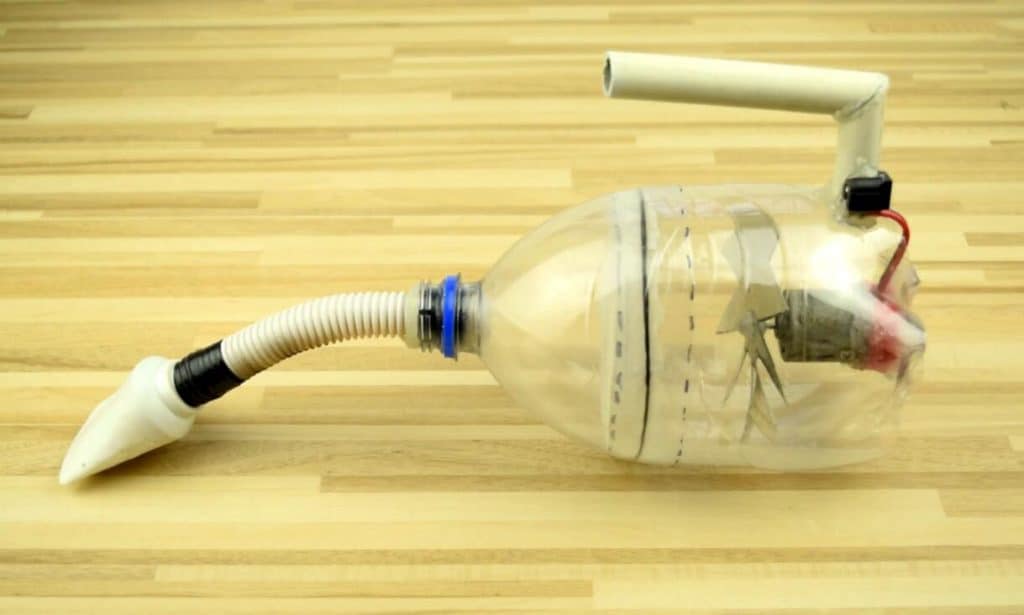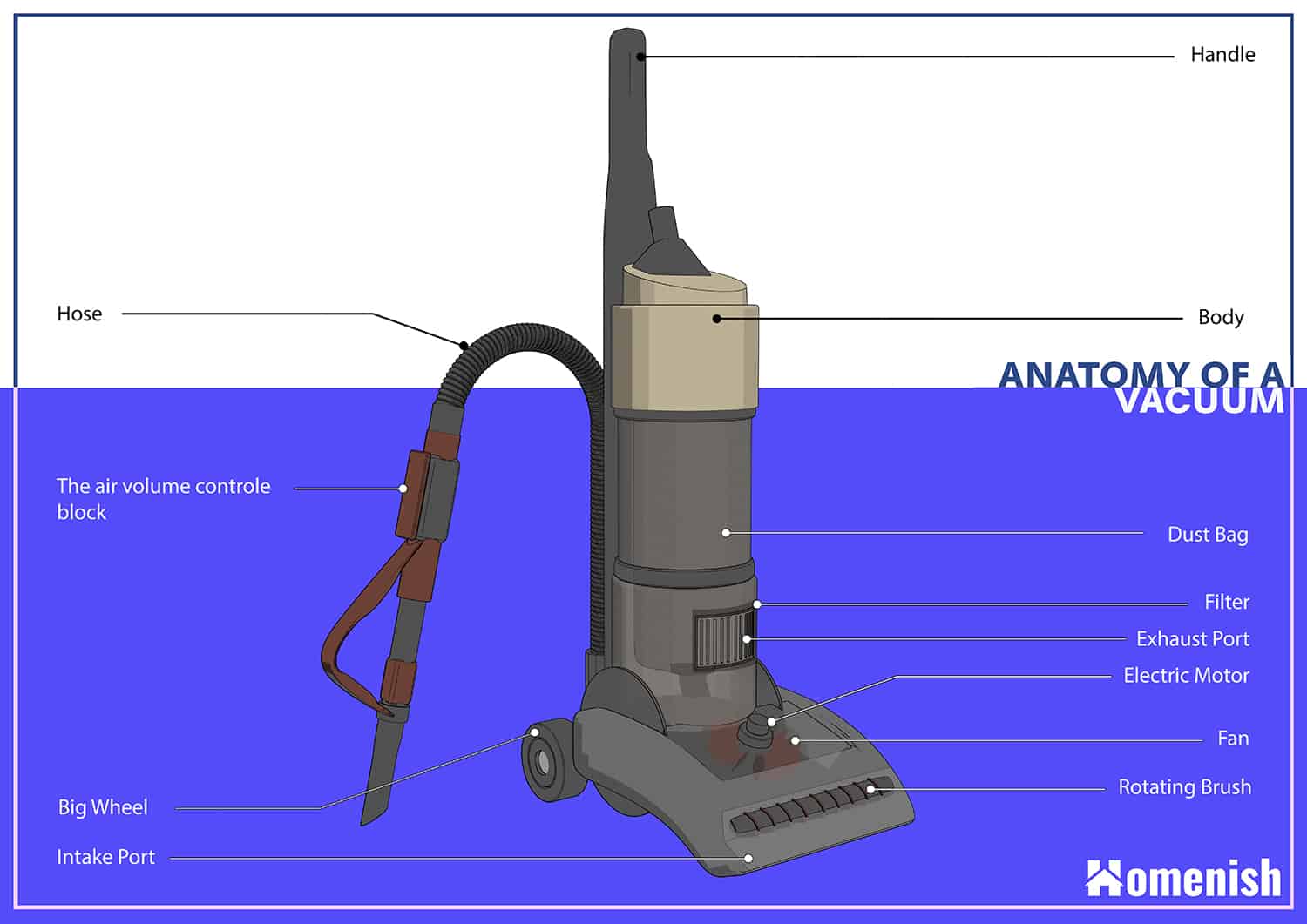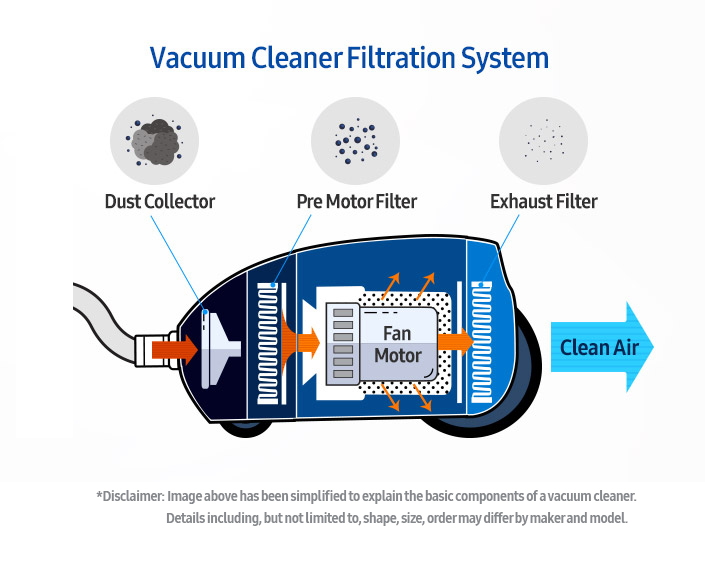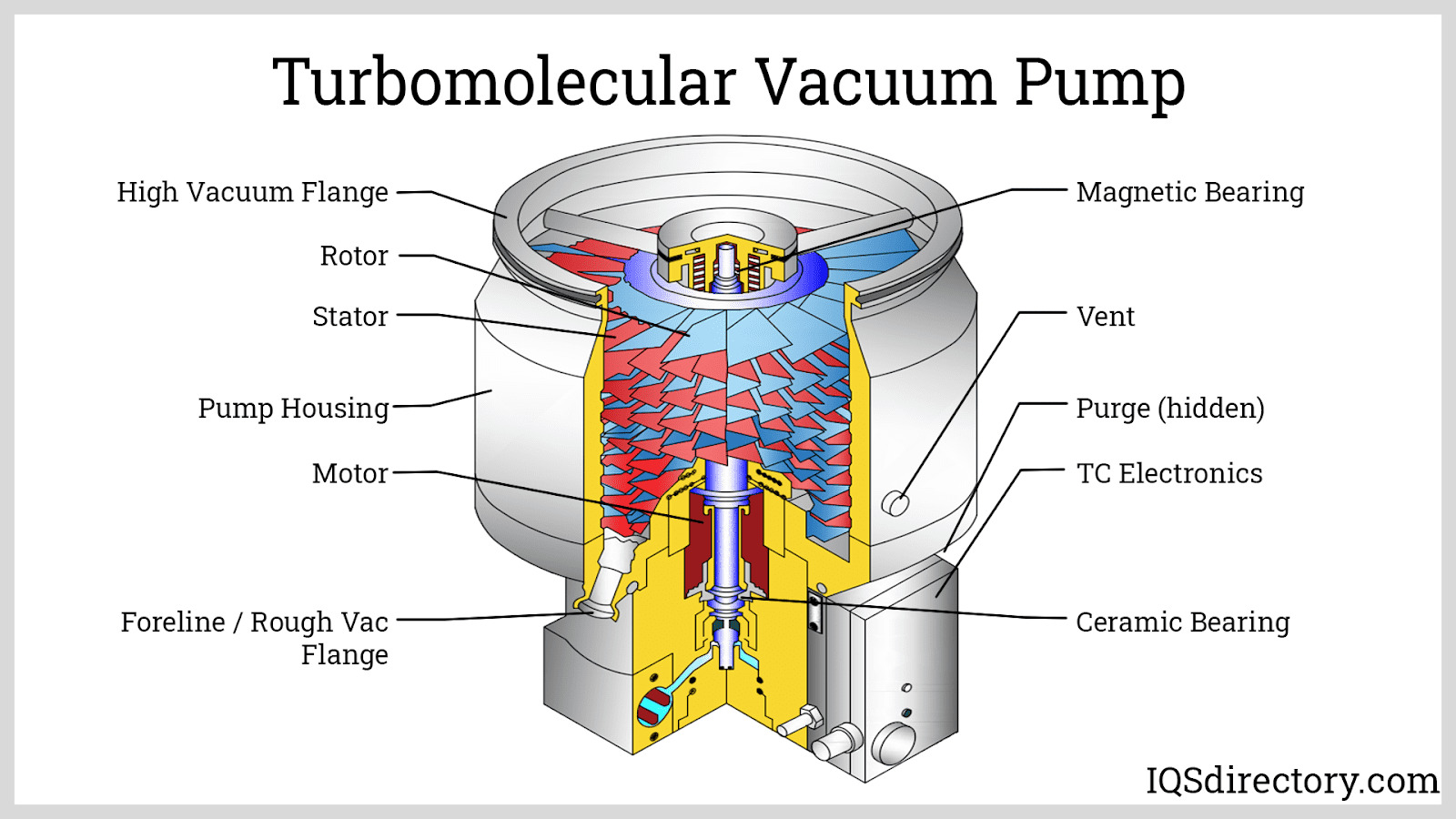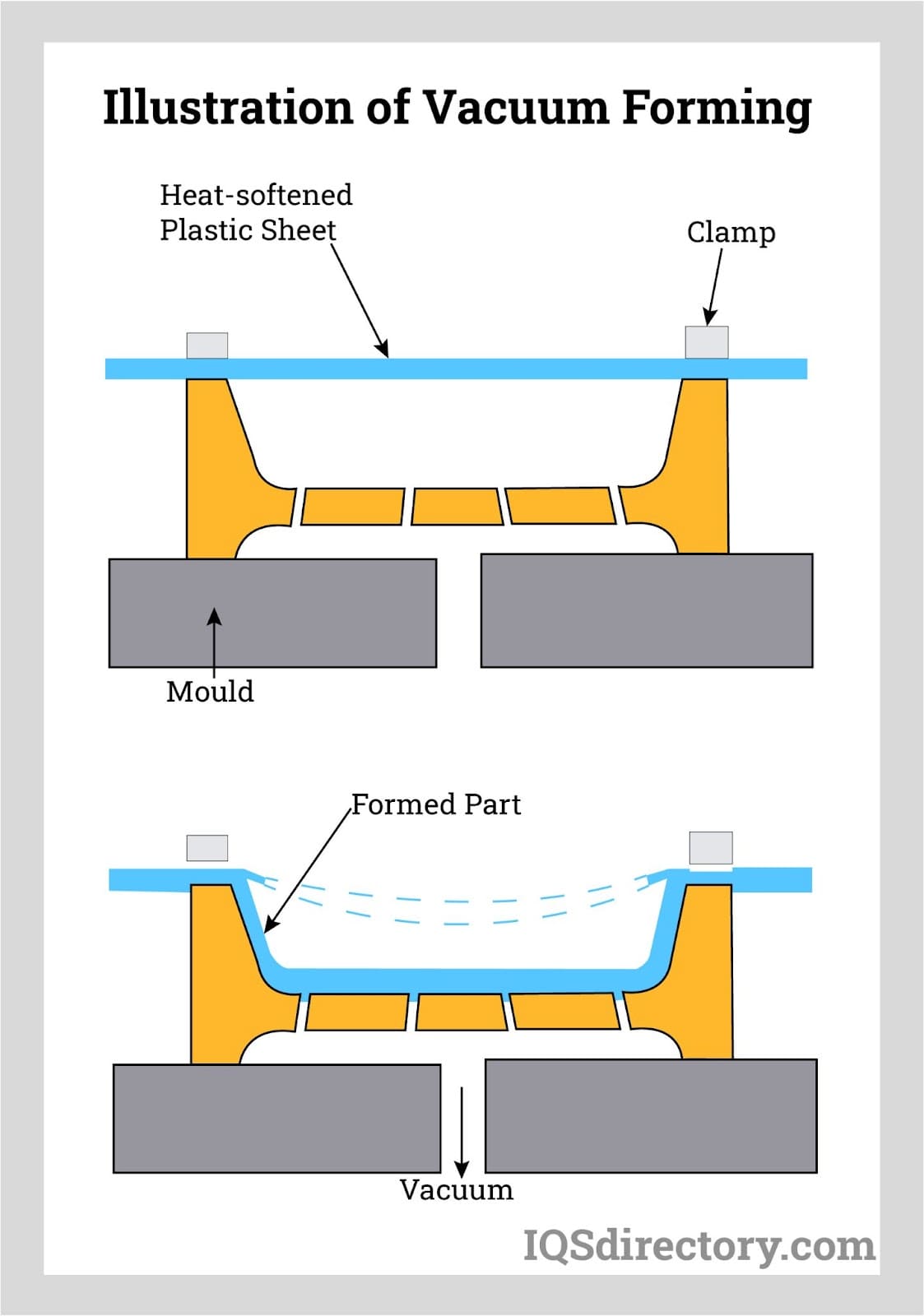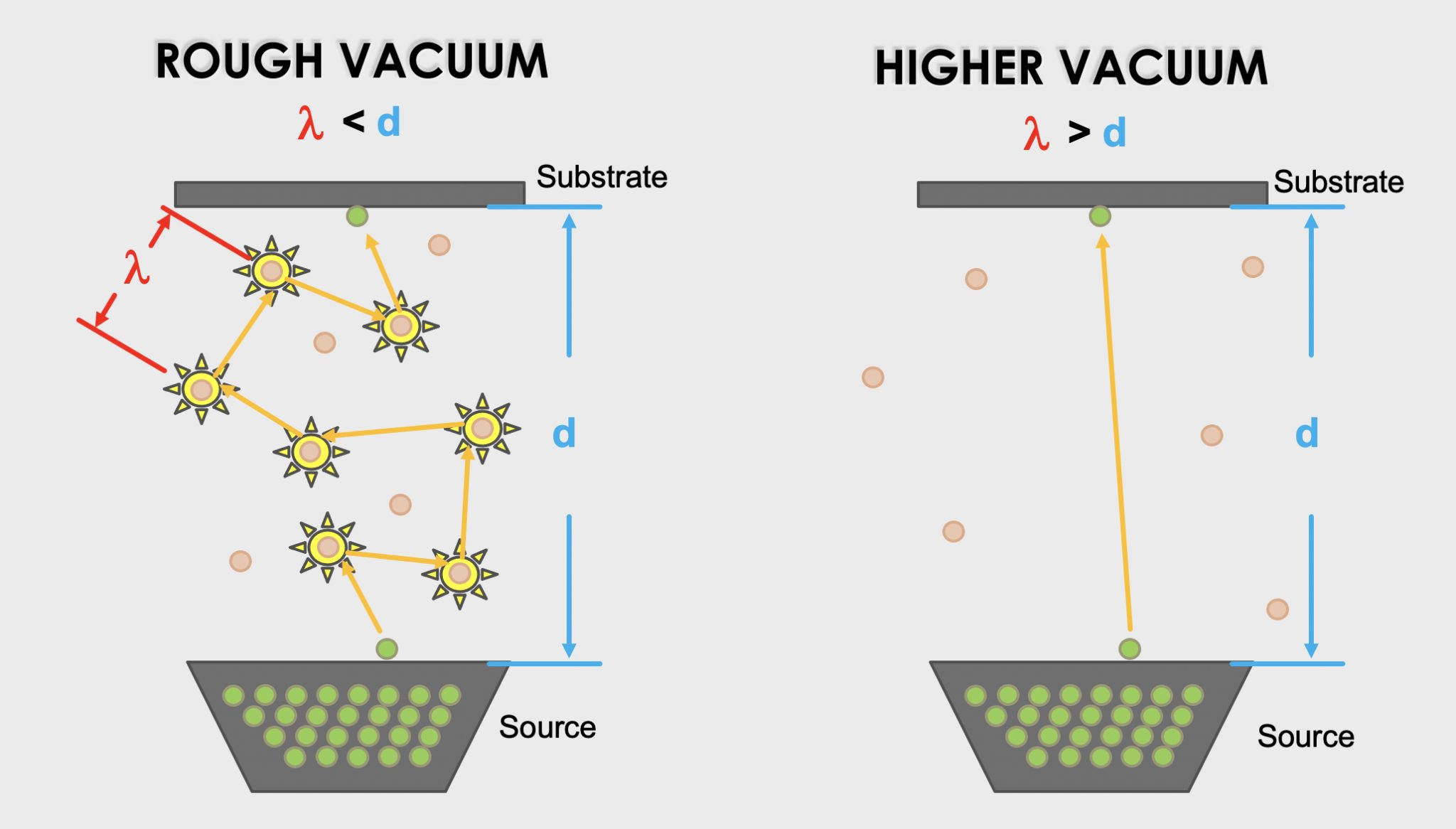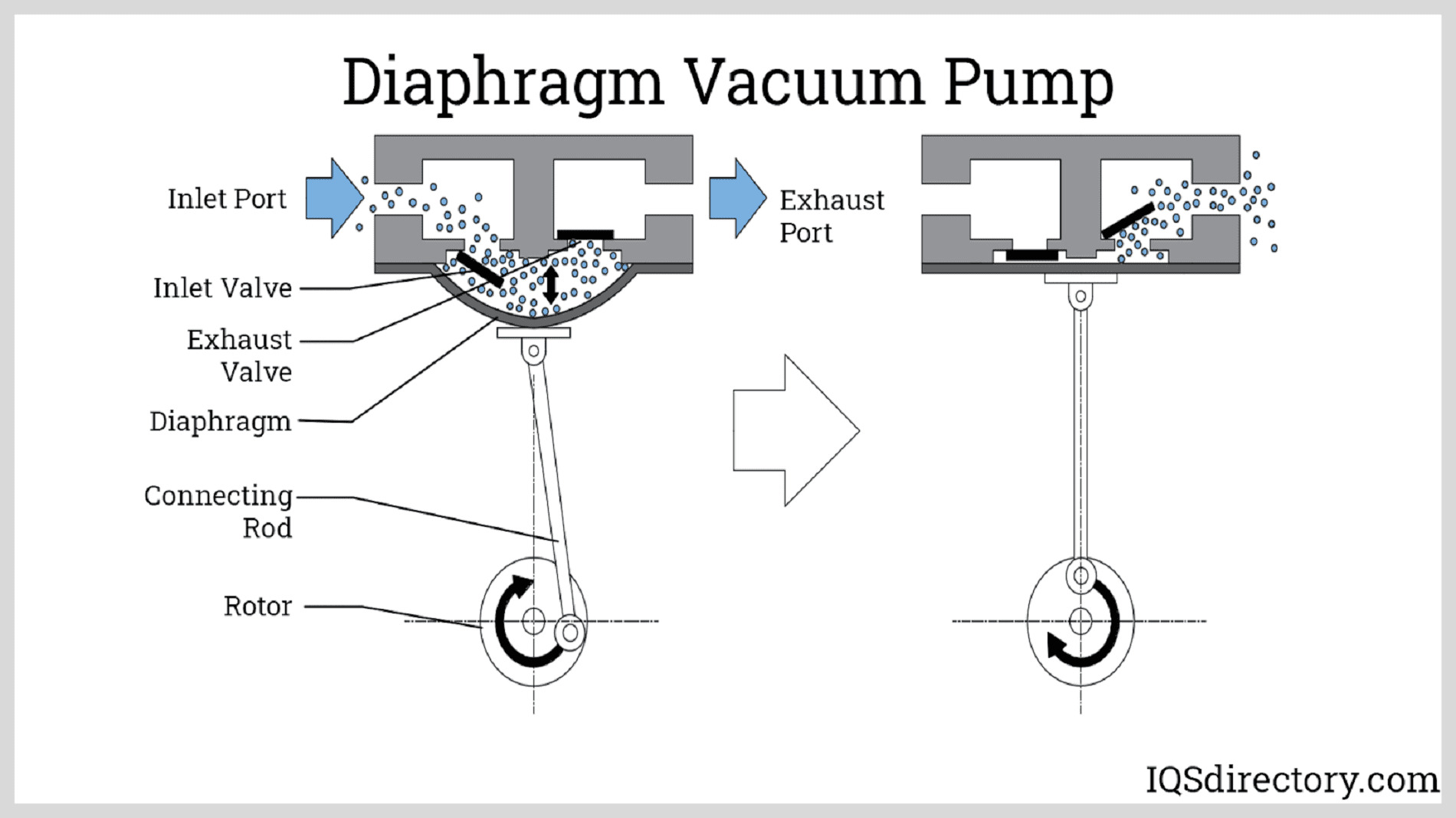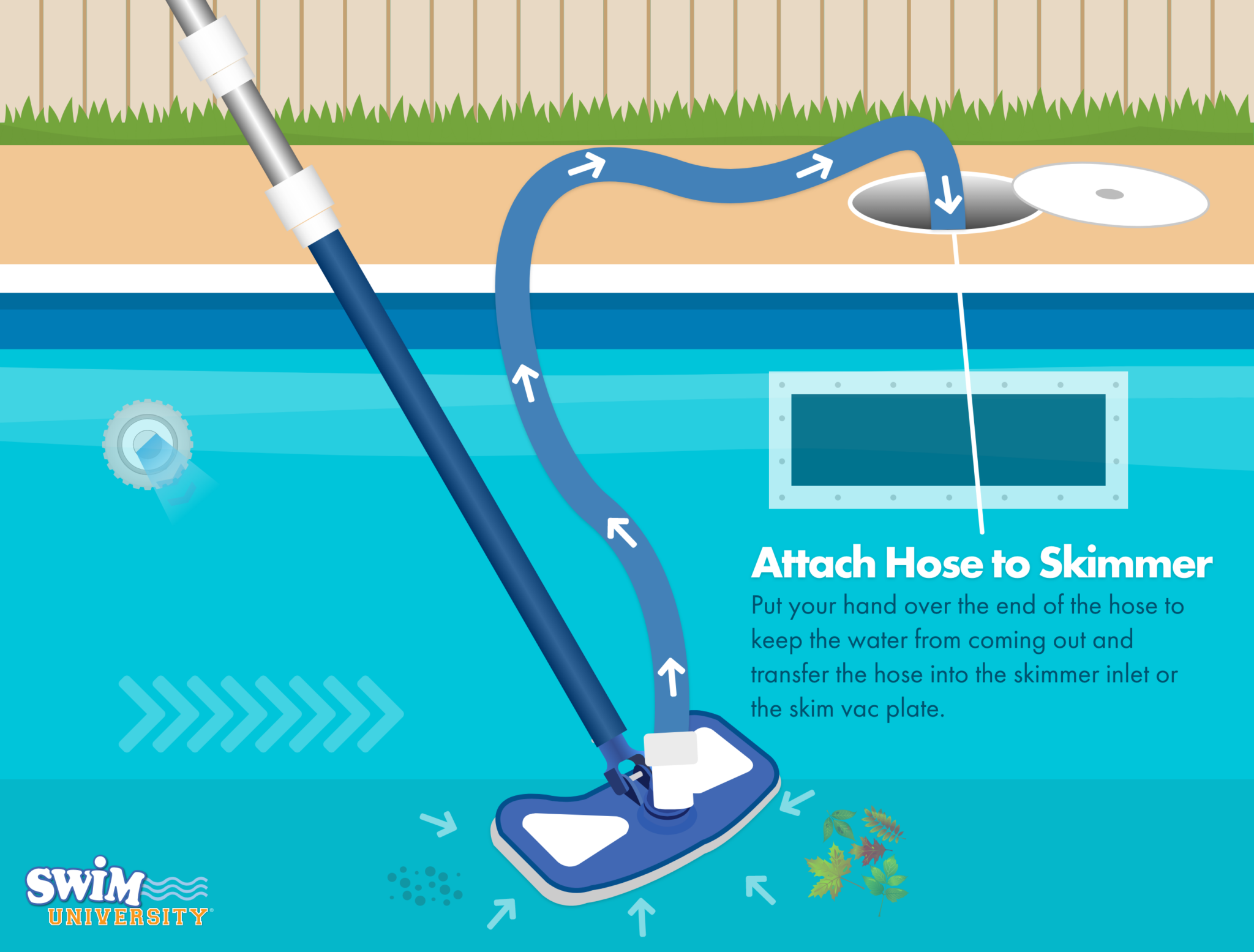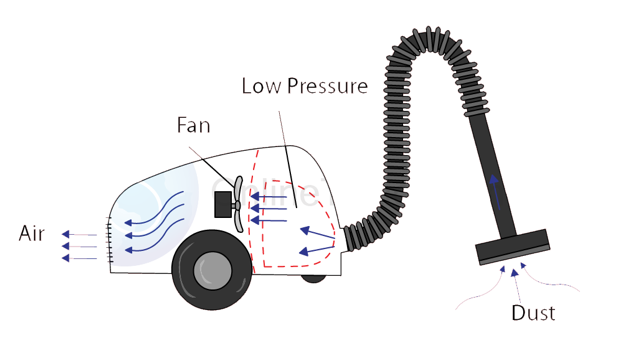How Do You Create A Vacuum

Imagine a crisp autumn morning, the air filled with the scent of fallen leaves and woodsmoke. You're meticulously sealing a glass jar, a miniature world ready to be preserved. As you close the lid, a tiny pocket of air remains, a subtle resistance against the perfect emptiness you envision. But what if you could truly banish every last molecule, creating a void so complete it challenges the very nature of space itself?
The creation of a vacuum, the absence of matter in a space, is a fundamental concept with far-reaching implications. From powering scientific breakthroughs to everyday technologies, understanding how to make a vacuum is crucial to unlocking the secrets of the universe and improving our daily lives.
The story of the vacuum begins with a simple, yet profound question: Does nature abhor a vacuum? This question captivated philosophers and scientists for centuries.
Ancient Greek philosophers, notably Aristotle, believed that nature indeed abhorred a vacuum, the horror vacui, arguing that empty space was an impossibility. This idea dominated scientific thought for centuries.
However, the seeds of change were sown during the Renaissance, a period of intellectual ferment and renewed interest in empirical observation.
The Dawn of Experimentation
The first tangible steps towards creating and understanding vacuums can be traced back to the experiments of Evangelista Torricelli in the 17th century.
Torricelli, an Italian physicist and mathematician, was inspired by the practical problem of pumping water out of mines. He challenged the prevailing Aristotelian view with a groundbreaking experiment.
He filled a glass tube, about one meter long, with mercury and inverted it into a dish also filled with mercury. The mercury level in the tube dropped, leaving a space at the top, which Torricelli correctly interpreted as a vacuum.
This experiment demonstrated that a vacuum could indeed be created, and it also led to the invention of the barometer, an instrument for measuring atmospheric pressure. Torricelli's work was a watershed moment, ushering in a new era of vacuum science.
Early Vacuum Pumps
Following Torricelli's breakthrough, scientists began to explore ways to create vacuums more effectively. This led to the development of the first vacuum pumps, rudimentary devices that used mechanical means to remove air from a closed space.
Otto von Guericke, a German scientist and inventor, famously demonstrated the power of a vacuum with his Magdeburg hemispheres. He joined two copper hemispheres together and pumped the air out of the resulting sphere.
The pressure of the atmosphere on the outside of the hemispheres was so great that teams of horses were unable to pull them apart. This dramatic demonstration underscored the immense force exerted by atmospheric pressure and the potential of vacuum technology.
These early vacuum pumps, while primitive by modern standards, paved the way for more sophisticated designs. They were essential tools for scientists exploring the properties of gases and the nature of the physical world.
Modern Vacuum Technology
Today, vacuum technology is a highly advanced field, with a wide range of techniques and equipment used to create vacuums of varying degrees. The level of vacuum is measured in units of pressure, typically Pascals (Pa) or Torr (mm Hg), with lower numbers indicating a higher vacuum.
Mechanical Pumps: These pumps, based on the principles of displacement, use pistons, rotors, or vanes to physically remove air from a chamber. They are commonly used as roughing pumps to create a moderate vacuum.
Diffusion Pumps: Diffusion pumps utilize a high-speed jet of vapor, typically oil or mercury, to capture gas molecules and direct them out of the vacuum chamber. These pumps can achieve much higher vacuums than mechanical pumps.
Turbomolecular Pumps: These pumps employ rapidly rotating blades to impart momentum to gas molecules, pushing them towards the exhaust. Turbomolecular pumps are capable of creating ultra-high vacuums (UHV) and are widely used in scientific research and industrial applications.
Cryopumps: Cryopumps use extremely cold surfaces, often cooled by liquid helium or liquid nitrogen, to condense and trap gas molecules. These pumps can achieve the highest vacuums attainable, making them essential for advanced scientific experiments.
The choice of vacuum pump depends on the specific application and the desired level of vacuum. Each type of pump has its own advantages and disadvantages in terms of pumping speed, ultimate vacuum, and cost.
Applications of Vacuum Technology
Vacuum technology plays a crucial role in a vast array of industries and scientific disciplines.
Semiconductor Manufacturing: The production of microchips requires extremely clean environments and precise control over deposition processes, both of which are enabled by high-vacuum systems.
Materials Science: Vacuum deposition techniques are used to create thin films and coatings with specific properties, enhancing the performance of everything from solar cells to optical devices.
Medical Technology: Vacuum systems are essential for sterilizing medical equipment, manufacturing pharmaceuticals, and operating advanced diagnostic instruments like MRI machines.
Food Processing: Vacuum packaging extends the shelf life of food products by removing oxygen, preventing spoilage and maintaining freshness.
Scientific Research: Particle accelerators, fusion reactors, and space simulators all rely on high-vacuum environments to function properly.
Space Exploration: Satellites and spacecraft operate in the vacuum of space, and vacuum chambers are used to test their components under realistic conditions. Vacuum is also used in certain types of rocket engines.
The impact of vacuum technology is so pervasive that it often goes unnoticed, yet it underpins many of the technologies we rely on every day.
The Future of Vacuum Science
The quest for even higher vacuums and more sophisticated vacuum technologies continues. Researchers are constantly exploring new materials, designs, and techniques to push the boundaries of what is possible.
One promising area of research is the development of quantum vacuum technologies. These technologies aim to manipulate the quantum fluctuations of empty space, potentially leading to breakthroughs in energy generation and information processing.
As our understanding of the vacuum deepens, we can expect to see even more innovative applications emerge in the years to come.
From Torricelli's simple experiment to the complex vacuum systems used in modern research, the journey to create a vacuum has been a testament to human curiosity and ingenuity. It's a journey that continues to push the boundaries of science and technology, revealing new insights into the fundamental nature of the universe.
Next time you encounter a vacuum cleaner, a sterilized medical device, or a microchip, take a moment to appreciate the remarkable science and engineering that make it all possible. The humble vacuum, once considered an impossibility, has become an indispensable tool in our quest to understand and shape the world around us.


